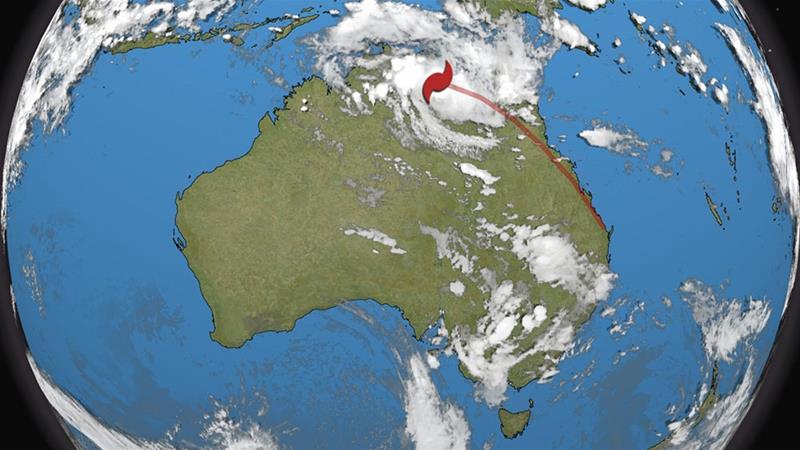
Megalodon: Did a nearby supernova cause one of Earth’s mass extinctions?.
You may think there are some big animals on Earth today, but this is nothing compared with the Pliocene period a few million years ago. So-called “megafauna” like the 50-foot megalodon shark and giant ground sloth were common. And suddenly, they weren’t. Why? A new study points the finger at an unexpected source: a supernova.
When we talk about supernovae, it usually has to do with events on the scale of a whole star system or group of star systems. The team led by Dr. Adrian Melott from the University of Kansas postulates that a nearby supernova could have had a more localized effect some 2.4 million years ago. It might have killed off the megalodon.
Scientists have come up with various explanations for the sudden extinction of megafauna like megalodon at the end of the Pliocene period. A build-up of polar ice and a corresponding drop in sea levels could have limited access to shallow breeding areas for the sharks, and megafauna on land could have been unable to adapt to longer winters. However, it’s also possible that radiation from a supernova had a particularly deleterious effect on megafauna.
Stars begin their lives fusing hydrogen into helium. When they expend their hydrogen, they begin fusing helium into heavier elements until that too is exhausted. Eventually, stars can’t sustain a fusion reaction anymore and collapse. The resulting explosion throws off stellar material in what we call a supernova. That comes with a great deal of radiation (like muons) that can harm living creatures.
One or more supernova within a few light years of Earth could increase muon levels and cause a higher rate of cancer in animals. The structure of dust and gas in the so-called “Local Bubble” shows evidence of supernova activity in the past. The team has good evidence that Earth was exposed to some supernova radiation around 2.6 million years ago, too. There’s iron-60, a radioactive isotope associated with supernovae, hiding in the sea floor from that era. Since it’s radioactive, it would have long since decomposed if it formed with the Earth.
Muons thrown off by a supernova have a lot of energy — enough to damage DNA if they rain down on a planet like Earth. Melott’s team estimates that cancer rates on Earth could have gone up by about 50 percent following the supernova. Importantly, larger animals are more susceptible to muon damage. So, larger animals like megalodon might have been at a disadvantage for as long as 100,000 years as supernova radiation pelted the planet. It’s far from certain, but it’s an intriguing explanation for the extinction of megafauna.













